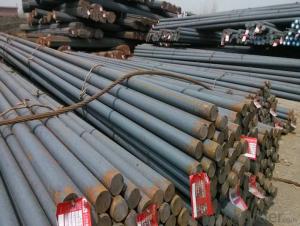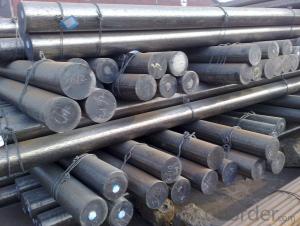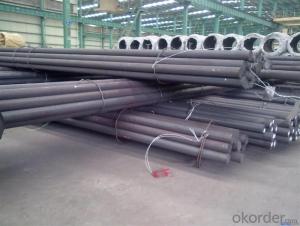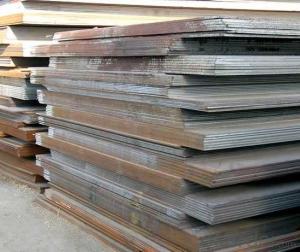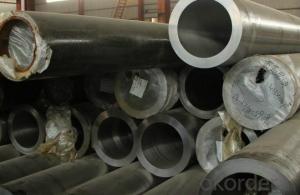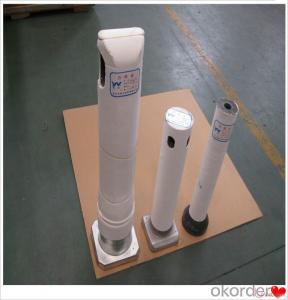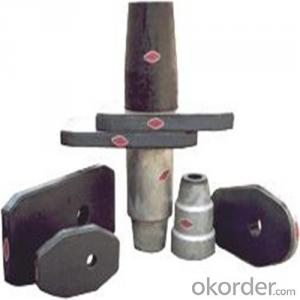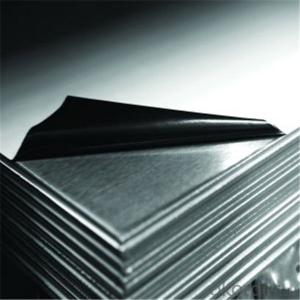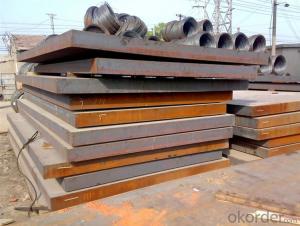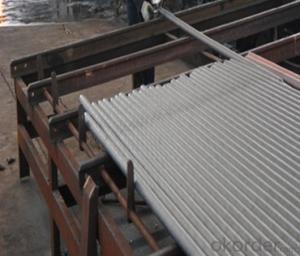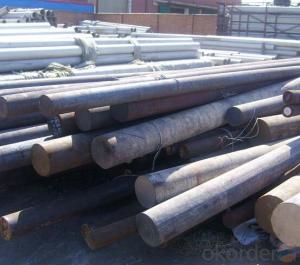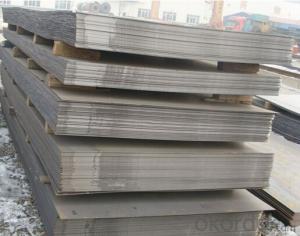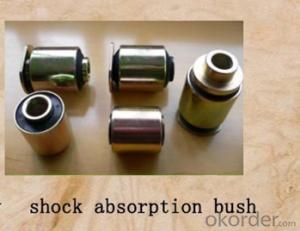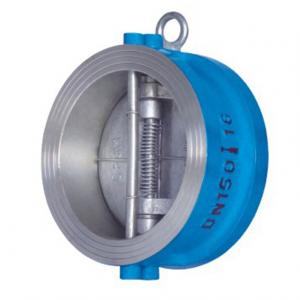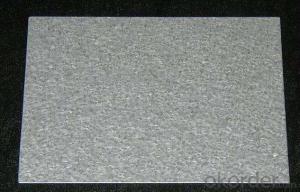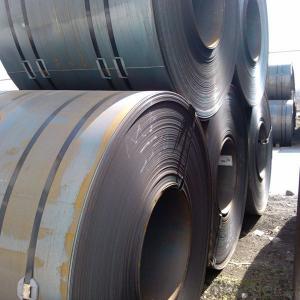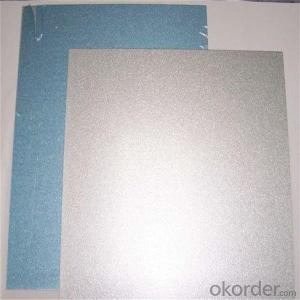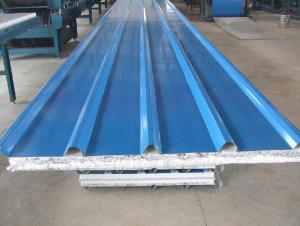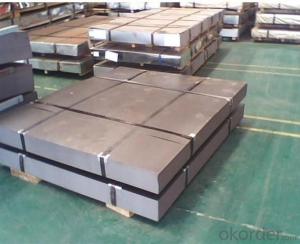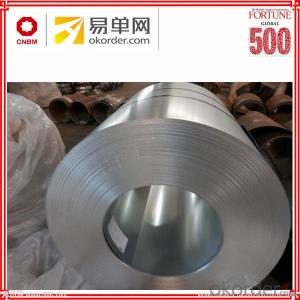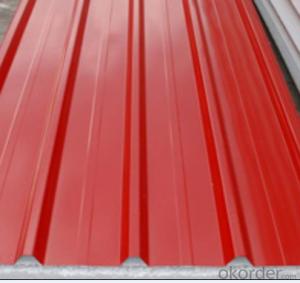Aisi 1020 Plate
Aisi 1020 Plate Related Searches
Drill Bit For Aluminum Plate Router Bits For Aluminum Plate Aluminum Post With Base Plate 1/2 In Aluminum Plate 1/4 In Aluminum Plate 3 8 In Aluminum Plate 1/8 In Aluminum Plate Stainless Steel Strips Weight Of 1/2 Aluminum Plate Weight Of 1/4 Aluminum PlateHot Searches
1/4 Aluminum Plate Home Depot 1 8 Aluminum Plate Home Depot 1/2 Inch Aluminum Plate Near Me Induction Cooker Coil Price 1/4 Inch Aluminum Plate Near Me 1 4 Inch Aluminum Plate Near Me Aluminum Tread Plate Home Depot 1/2 Aluminum Plate Near Me 1 4 Aluminum Plate Near Me 1/4 Aluminum Plate Near Me 3/8 Aluminum Plate Near Me 1/8 Aluminum Plate Near Me 3/16 Aluminum Plate Near Me Mic 6 Aluminum Plate Suppliers Buy Aluminum Plate Near Me Diamond Plate Aluminum Near Me Aluminum Diamond Plate Near Me Aluminum Plate Suppliers Near Me Aluminum Tread Plate Near Me Aluminum Checker Plate Near MeAisi 1020 Plate Supplier & Manufacturer from China
Okorder.com is a professional Aisi 1020 Plate supplier & manufacturer, offers integrated one-stop services including real-time quoting and online cargo tracking. We are funded by CNBM Group, a Fortune 500 enterprise and the largest Aisi 1020 Plate firm in China.Hot Products
FAQ
- What are the reasons for the steel mesh on both sides of the back pouring belt?
- 1, to solve the differential settlement of the high-rise building and the podium and set up the construction of the pouring belt is called the settlement post pouring belt.2, in order to prevent concrete condensation, shrinkage, cracking and set up after the construction zone is called "after pouring" belt.
- There are several different types of steel sheet patterns commonly used in various industries. Some of the most popular ones include: 1. Plain Steel Sheet: This is the most basic and simple type of steel sheet pattern. It is smooth and does not have any visible texture or pattern. 2. Diamond Pattern Steel Sheet: This type of steel sheet has a diamond-shaped pattern embossed or raised on its surface. It is commonly used for walkways, stair treads, and other applications where slip resistance is important. 3. Perforated Steel Sheet: Perforated steel sheets are made by punching holes in the sheet to create a pattern of openings. These sheets are commonly used for ventilation, filtration, and decorative purposes. 4. Corrugated Steel Sheet: Corrugated steel sheets have a series of parallel ridges and grooves, giving them a wavy appearance. This pattern provides added strength and rigidity, making them suitable for roofing and siding applications. 5. Checkered Steel Sheet: Checkered steel sheets have a pattern of raised squares or rectangles on their surface, similar to a chessboard. They are commonly used for flooring, stairs, and decorative purposes. 6. Hammered Steel Sheet: Hammered steel sheets have a unique texture created by hammering the surface, giving them a rough, rustic appearance. They are often used for decorative purposes and can add a distinct visual appeal to various applications. 7. Brushed Steel Sheet: Brushed steel sheets have a brushed or satin-like finish, achieved by rubbing the surface with an abrasive material. This pattern gives the sheet a smooth, uniform appearance and is commonly used for architectural and decorative applications. These are just a few examples of the different types of steel sheet patterns available. Each pattern has its own unique characteristics and applications, allowing for a wide range of uses in various industries.
- Steel sheets possess several desirable properties that make them highly sought after in numerous industries. Firstly, their exceptional strength and durability are well-known. They have the ability to withstand heavy loads and exhibit a high resistance to impact and deformation. Consequently, they are considered ideal for applications where strength is paramount, such as in the construction, automotive, and aerospace sectors. Another noteworthy characteristic of steel sheets is their excellent corrosion resistance. Typically, steel is coated with a thin layer of zinc or other protective materials to prevent rusting and corrosion. This protective coating enhances the longevity of steel sheets, enabling their use in outdoor or humid environments without the risk of degradation. Steel sheets are also renowned for their versatility. They can be easily bent, shaped, and welded, making them suitable for various fabrication processes. This adaptability empowers manufacturers to effortlessly create intricate structures and components, rendering steel sheets a popular choice in architectural and industrial designs. Furthermore, steel sheets exhibit excellent thermal conductivity. This property enables them to efficiently transfer and distribute heat, making them well-suited for applications that require temperature regulation, such as in heating systems or electrical appliances. Lastly, steel sheets are highly recyclable, rendering them an environmentally-friendly option. Steel is one of the most recycled materials worldwide, and the recycling process does not compromise its properties or quality. This sustainability factor establishes steel sheets as the preferred choice for those seeking eco-friendly materials. In conclusion, the properties of steel sheets encompass strength, durability, corrosion resistance, versatility, thermal conductivity, and recyclability. These qualities make steel sheets a reliable and versatile material for a wide range of industries and applications.
- Why is the water stop steel plate placed in the middle of the wall?
- Of course not. It's in the middle of the perfectly accurate, roughly the middle of the wall. General concrete wall, if there is double layer steel bar, placed in the middle of the two layer of steel bar, when placed with short steel welded fixed on the steel skeleton, pay attention to water stop steel plate, not with the structure steel affixed together.
- Yes, steel sheets can be used for HVAC ductwork. Steel is a commonly used material for duct fabrication due to its durability, strength, and ability to withstand high temperatures. It is often preferred for commercial and industrial applications where a higher level of mechanical strength and fire resistance is required.
- Yes, steel sheets are suitable for HVAC ductwork. Steel is a durable and strong material that can withstand the air pressure and temperature fluctuations in HVAC systems. It also provides excellent fire resistance and can be easily fabricated to meet specific ductwork requirements.
- Yes, steel sheets can be suitable for electrical grounding applications. Steel is a good conductor of electricity, and it can effectively dissipate electrical charges to the ground. Steel sheets are commonly used in grounding applications because of their durability, strength, and cost-effectiveness. They can be easily installed and provide a reliable connection to the earth, ensuring a safe path for electrical currents to flow in case of a fault or surge. However, it is important to ensure that the steel sheets are properly installed and maintained, as any corrosion or damage can affect their conductivity and effectiveness in grounding electrical systems.
- Steel sheets can be pierced using various techniques. These methods are employed to create holes or openings in the sheets based on specific requirements. Here are several different techniques for piercing: 1. Punching: Punching is a widely utilized technique that involves using a punch and die set to create holes in steel sheets. The punch is forced through the sheet, cutting out the desired hole shape or size. This technique is efficient and can be applied to a range of hole sizes and shapes. 2. Drilling: Drilling is another commonly employed technique for piercing steel sheets. It entails rotating a drill bit at high speed to create a hole in the sheet. Drilling is often used for smaller holes or when precision and accuracy are paramount. 3. Laser cutting: Laser cutting is a highly precise and versatile technique for piercing steel sheets. It employs a high-powered laser beam that is focused on the sheet, melting and vaporizing the material to create holes or shapes. Laser cutting offers high-speed production and can achieve complex designs with exceptional accuracy. 4. Notching: Notching is a technique used to create cutouts or grooves in steel sheets. It involves removing a portion of material from the edge or surface of the sheet, leaving behind a notch. Notching is frequently employed to produce tabs or slots that are useful for assembly purposes. 5. Stamping: Stamping is a technique where a die is pressed into the sheet metal to create a depression or raised feature. This method can be used to create holes, patterns, or embossed designs in steel sheets. Stamping is commonly used for decorative or functional purposes. 6. Shearing: Shearing is a process that employs a sharp blade to cut through the steel sheet, resulting in a straight-edge hole. This technique is typically used for larger holes or straight-line cuts. These are just a few of the numerous sheet metal piercing techniques available for steel sheets. The choice of technique depends on factors such as the desired hole size, shape, precision, speed, and cost-effectiveness.












